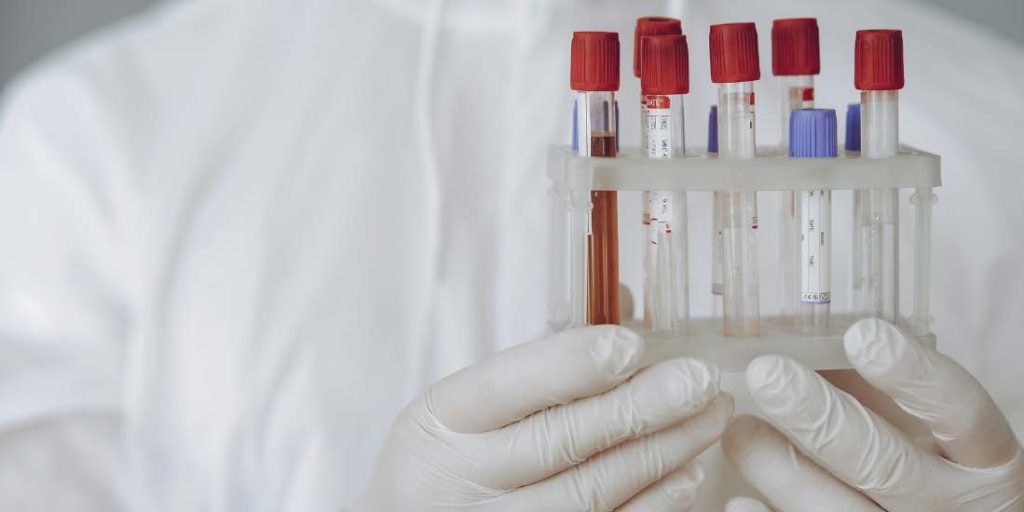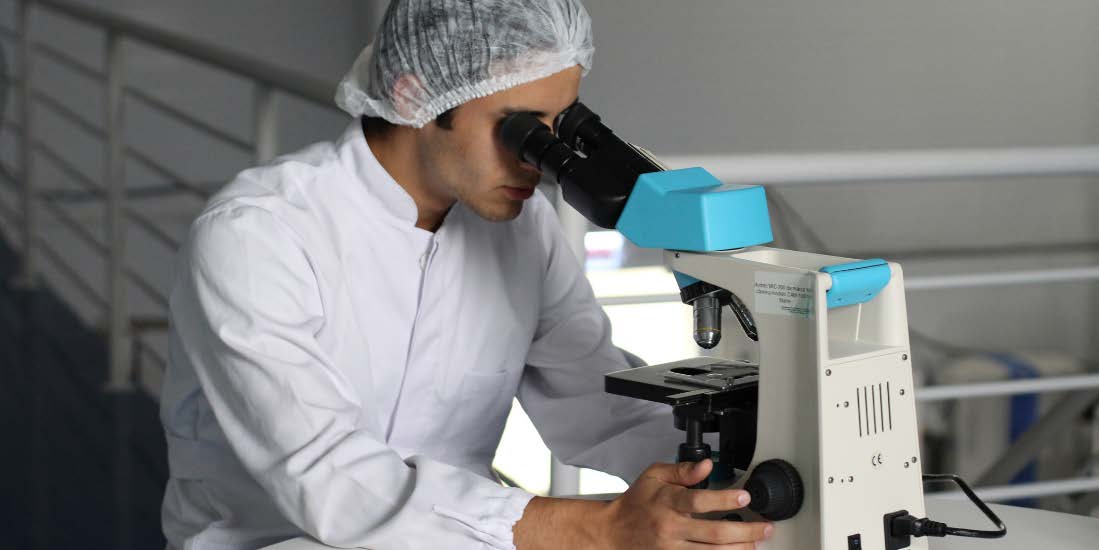Have you ever sat staring out your window, wishing that you could sprout wings and fly or be able to breathe underwater? Please don’t be embarrassed; we do it all the time! However, as magnificent as we human beings are, we sadly have yet to develop such wondrous abilities. Sad, we know.
Did you expect us to tell you that we had developed a serum to turn us into super-humans? Sorry to disappoint, but we have something as unique: umbilical cord stem cells for cartilage regeneration.
For the past few decades, umbilical cords were seen as trash and were disposed of as such. Now, however, with newfound research into cartilage regeneration medicine, doctors and researchers alike are being proven wrong time and time again.
More than 20,000 patients worldwide have had umbilical cord transplants over the past 20 years as the research started showing just how beneficial umbilical cords are.
It’s incredible just how advanced technology is nowadays. Instead of going through a harmful bone marrow stem cell treatment, patients opt to use the umbilical cords that their parents saved at birth. A more straightforward, less invasive treatment that has countless benefits.
Interested in learning more? Then, let’s dive into what umbilical cord stem cells are, how they are beneficial, and how they can lead to cartilage regeneration.
What are Umbilical Cord Stem Cells?
The umbilical cord is the purest and richest source of stem cells that have ever been found in the human body. Umbilical cords contain two types of cells, Haematopoietic stem cells (HSCs) and Mesenchymal stem cells (MSCs). Classified as the ‘master cells of the body’, these stem cells are unspecialized, which means they have the ability to develop into different cells and tissues.
Mesenchymal stem cells can differentiate into neurons, bone, cartilage, muscle, and fat tissues. In comparison, Hematopoietic stem cells differ as they can differentiate into any type of blood cell. This includes red blood cells, white blood cells, and platelets. Due to this, Hematopoietic stem cells are responsible for maintaining blood production throughout our lives.
Where Are Umbilical Cord Stem Cells Found?

Have you ever wondered why your baby’s umbilical cord had a bluish tint to it at their birth? Perhaps you brushed the thought aside as you held your child for the first time, or maybe you were just high on medicine and thought it looked like an alien.
Who knows, but we can assure you that it was completely natural. Underneath the surface of the umbilical cord runs two umbilical arteries and one umbilical vein. All three originate from the placenta, so the cord blood kept your baby alive and connected to the placenta while you were pregnant.
Umbilical cord stem cells are found in high quantities within the cord blood. The cord blood is the blood that remains in the umbilical cord and placenta after the birth of your newborn baby.
The stem cells found in the umbilical cord are incredibly similar to those found in bone marrow. As a result, they can be used to treat various cancers, immune deficiencies, and genetic disorders.
Benefits of Umbilical Cord Stem Cells

As we have briefly mentioned above, the stem cells found in the umbilical cord have many benefits. Whether you need a stem cell transplant or looking into umbilical cord blood banking, these benefits can apply to everyone.
With that being said, let’s dive straight in and take a detailed look at just a few of the benefits!
Reduces the Need for Invasive Procedures
As umbilical cord stem cell transplants are provided through injections, there is no need to go under the knife. And when this procedure is compared to the intrusive methods used for bone marrow transplants, there is a lower risk of rejection, contamination, and infection.
There is less time needed in the hospital, which ultimately means the recovery time is much faster.
Umbilical Cord Blood Can be Stored for Decades
With technology advancing every day, it has recently been found that umbilical cord stem cells can be frozen and preserved for over 20 years. As the stem cells are viable throughout their time in storage banks, thousands of parents opt to use umbilical cord blood banking in case their children ever need treatment.
How Does Umbilical Cord Stem Cells Help Cartilage Regeneration?
Alongside all the benefits of umbilical cord stem cells, they can also provide new stem cells for the body as it continuously grows, replacing specialized cells that are lost or damaged.
This is promising research for cartilage regeneration medicine. For example, it has been shown that umbilical cord stem cells can help repair joint damage from arthritis, carpal tunnel syndrome, etc., as they are “undifferentiated.” This means they can turn themselves into needed material to repair a joint, such as ligaments, cartilage, or tendon cells.
Via studies on rat, rabbit, and now pig models, researchers have distinguished a method to regenerate the cartilage by using human umbilical cord blood-derived mesenchymal stem cells (hUCB – MSCs) with a hyaluronic acid (HA) hydrogel composite.
Three different cell lines were used during the study to see if cartilage regeneration occurred. The results proved that hUCB-MSCs and HA hydrogel composites in a large animal model sparked cartilage regeneration.
This study is extremely promising and can be a stepping stone to human clinical trials in the future.
Final Thoughts
With studies consistently occurring worldwide, there are thousands of possibilities that umbilical cord stem cells can have for cartilage regeneration.
However, as promising as this research is, you shouldn’t go thinking that you can break your bones without consequence. We only have 206 bones in our bodies; try to be gentle with them!
At Innate Healthcare Institute, we are determined to get you back to tip-top shape. So if you have arthritis, carpal tunnel syndrome, or any other condition, don’t wait any longer to get treatment. Instead, contact Innate Healthcare Institute to schedule a consultation and see if Regenerative Therapy is right for you.





